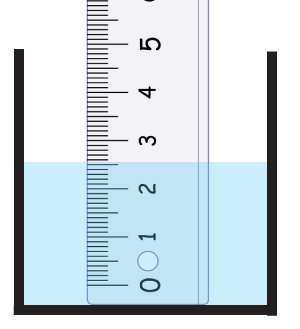|
10 minutes maximum! Can you do it in 5? |
||||||||||||||||||||||
1. The thickness of a piece of cardboard is measured as 5 ± 1mm . Which of these gives the correct error as a fraction, a percentage and an absolute error?
|
||||||||||||||||||||||
2- 4. A student measures the acceleration of gravity by dropping a lead sphere. The experiments lead to 4 results: g = 11.4, 11.5, 11.5, 11.6 m s-2 Average = 11.5 m s-2 (The accepted answer is 9.8m s-2 to 2 sig figs). |
||||||||||||||||||||||
2. The results above can best be described as
|
||||||||||||||||||||||
3. The student is asked to write a concise conclusion. Which numerical answer best completes this sentence? The experiment leads to a final result for the acceleration of gravity as...
|
||||||||||||||||||||||
4. The likely cause for the results above is identified as the stop watch being stopped too quickly, making all the time readings out by a similar margin. This kind of error is called
| ||||||||||||||||||||||
| 5 A ruler is used to measure the depth of a liquid as shown in the diagram. Unfortunately the student has missed the fact that the ruler has a short piece of plastic before the zero mark. |  |
|||||||||||||||||||||
Which of these best describes this error and the consequent effect on the depth reading?
| ||||||||||||||||||||||
6. A digital balance gives a mass reading as shown in the diagram. The mass of the block shown should be recorded as
|
|
|||||||||||||||||||||
7. A cube has a side length of 10 cm ± 1 cm. The volume of the cube is
| ||||||||||||||||||||||
8. Box A has a mass of 14 ± 2 kg. Box B has a mass of 24 ± 3 kg. The total mass of both boxes is
| ||||||||||||||||||||||
9&10. A ball rolls down a slope of length 20 ± 2cm in a time of 5 ± 1 s.
|
||||||||||||||||||||||
9. Which of these correctly states the percentage errors in the length and time readings?
| ||||||||||||||||||||||
10. The average velocity of the ball is 4cm s-1. The total percentage error in the velocity is
| ||||||||||||||||||||||